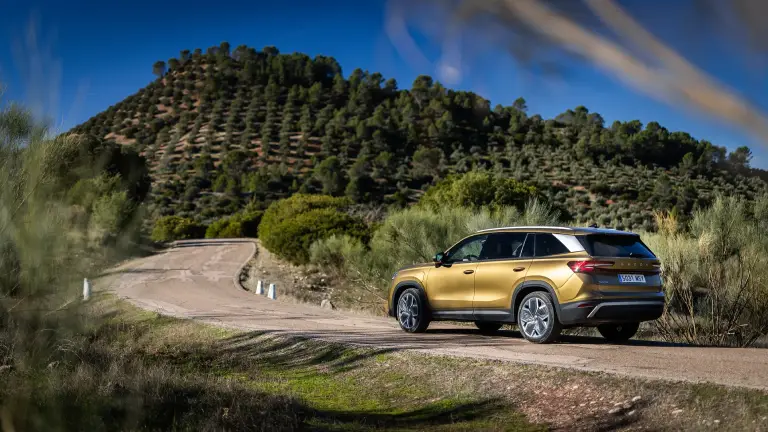When cars are being developed, prototypes are driven in extreme environments. They go to the Grossglockner in Austria, for example, where they are put through demanding tests as part of the development of the entire car, especially the cooling and braking system. The tests can only be carried out under certain conditions, though, and these are only found at the Grossglockner for a few months of the year, forcing the manufacturer to look for other test options. These might be laboratory tests in sophisticated facilities – and Škoda has just opened a facility like that.
Called the Simulation Centre, the facility makes it possible to simulate driving at altitudes from 0 to 5,500 metres above sea level, among other things. The Simulation Centre is designed for comprehensive testing of vehicles with all types of drives and for verifying virtual calculations in a wide range of driving and climatic conditions. “Making maximum use of virtual simulations is a clear trend in car development. These simulations need to be validated, though, and the new facility will make this possible,” explains Johannes Neft, Škoda board member for technical development.
 From the Simulation Centre control room, technicians can watch tests both on monitors and through the window.
From the Simulation Centre control room, technicians can watch tests both on monitors and through the window.
In addition to altitude, the new special chamber can also create a number of other conditions. Cars can be exposed to temperatures from -7 to +50°C and relative humidity from 10 to 95%. The chamber’s dynamometric cylinders are designed for cars with power outputs of up to 300 kW and top speeds of 265 km/h, so the Škoda Motorsport department can test cars here. The laboratory is also equipped with a special track with a pair of fans 2.5 metres in diameter, which allow airflow around the car to be simulated. The laboratory can also be used to test different intensities of sunlight up to 1200 W/m2.
The goal is to test the car’s cooling system and thermal management, but also the powertrain itself and its behaviour in extreme conditions in terms of both emissions and consumption. For this reason, the laboratory features a modern analytical system for measuring emissions. To simulate driving in the mountains, special robots are used to drive the cars, replacing the driver – human operators are only allowed to work in the chamber up to a maximum simulated altitude of 2,500 metres.
















